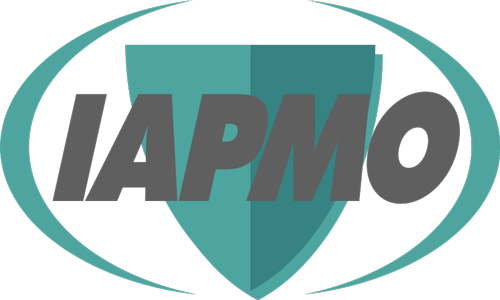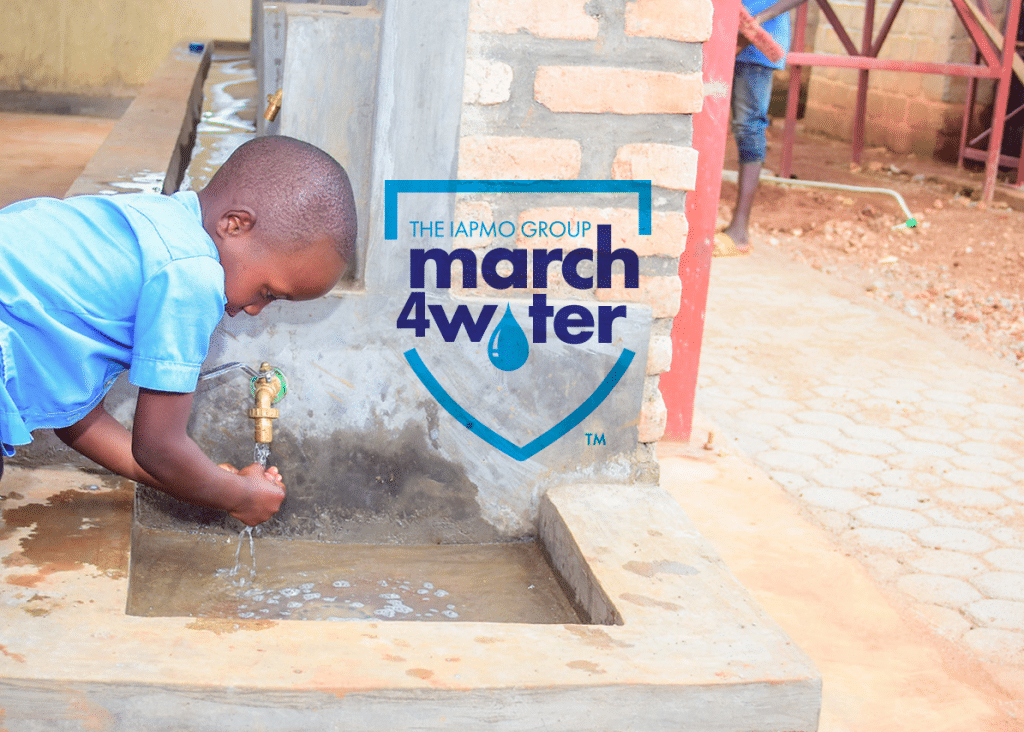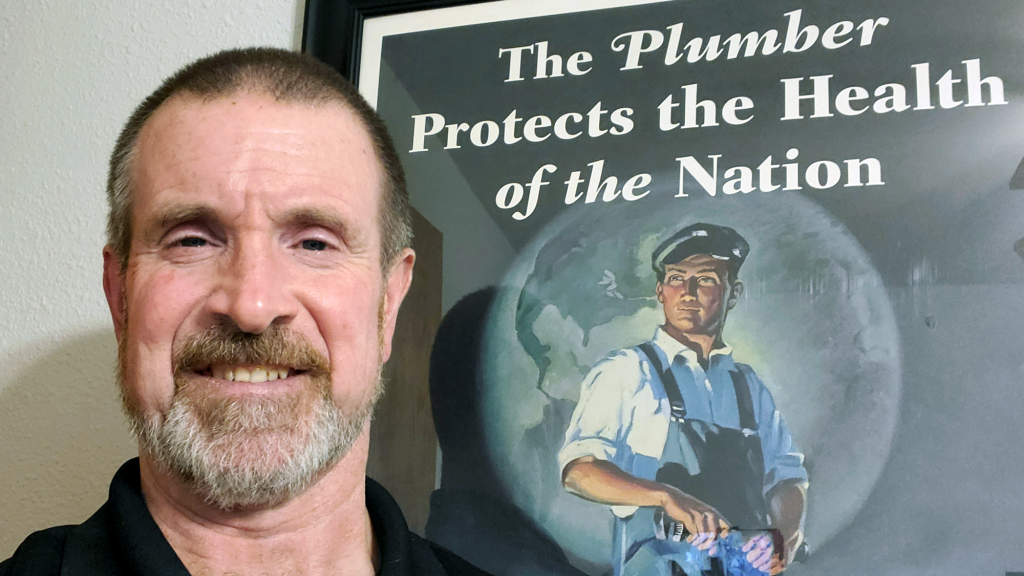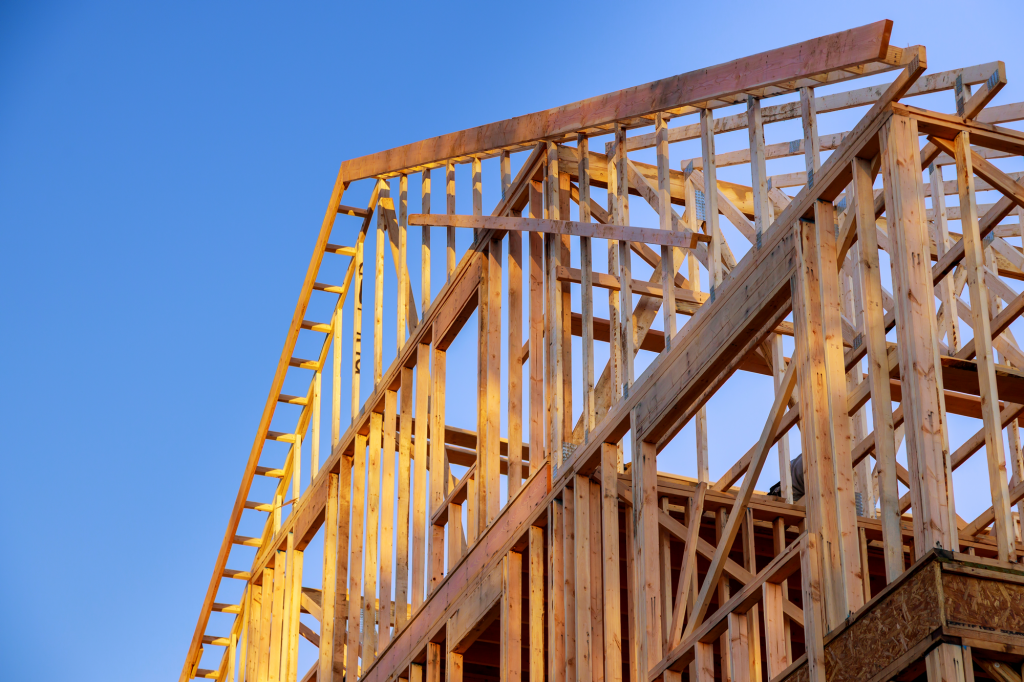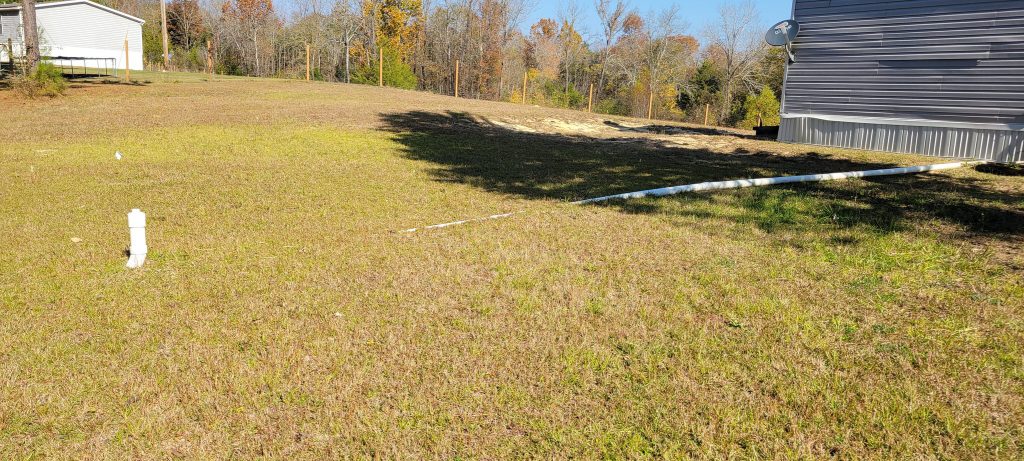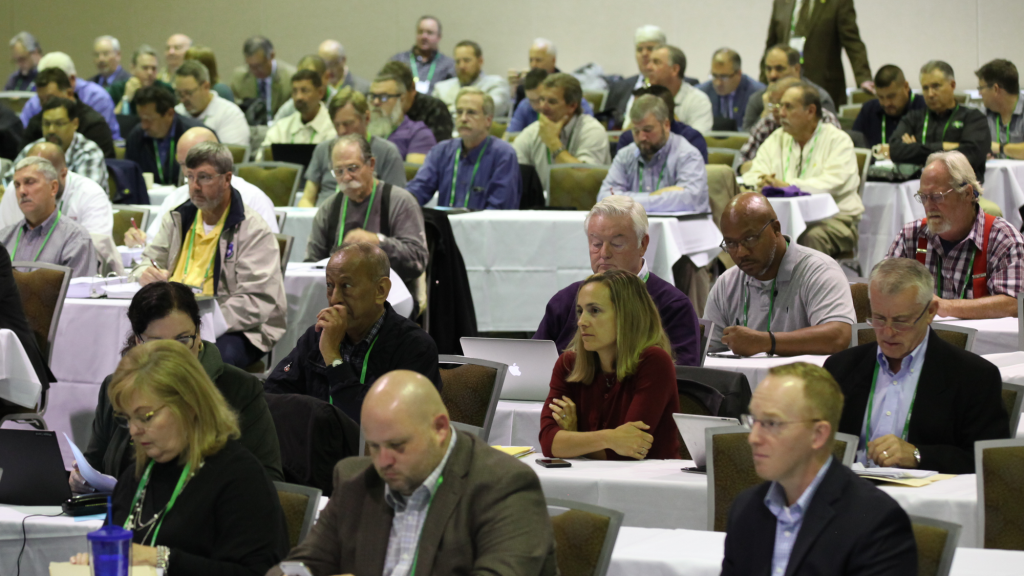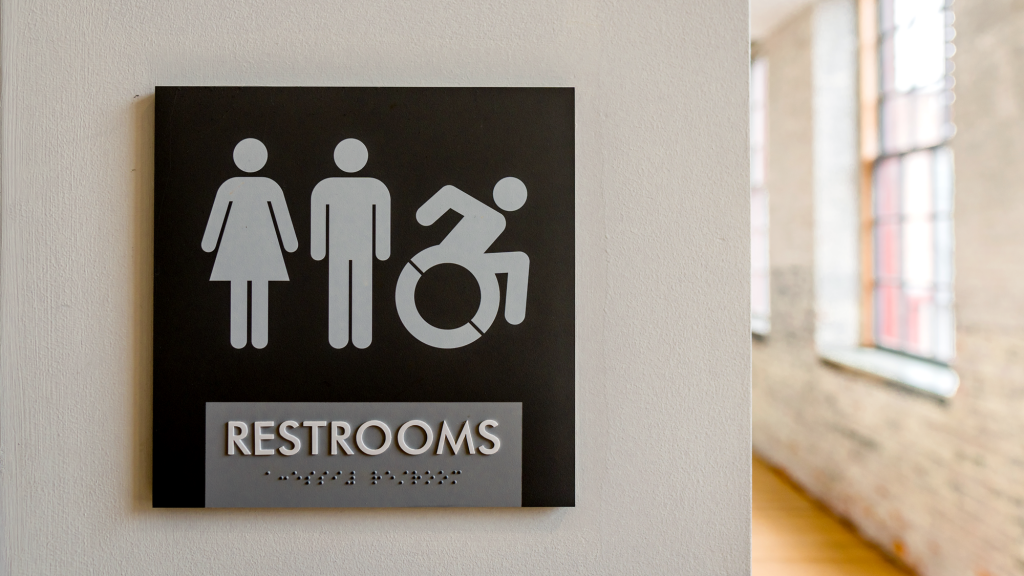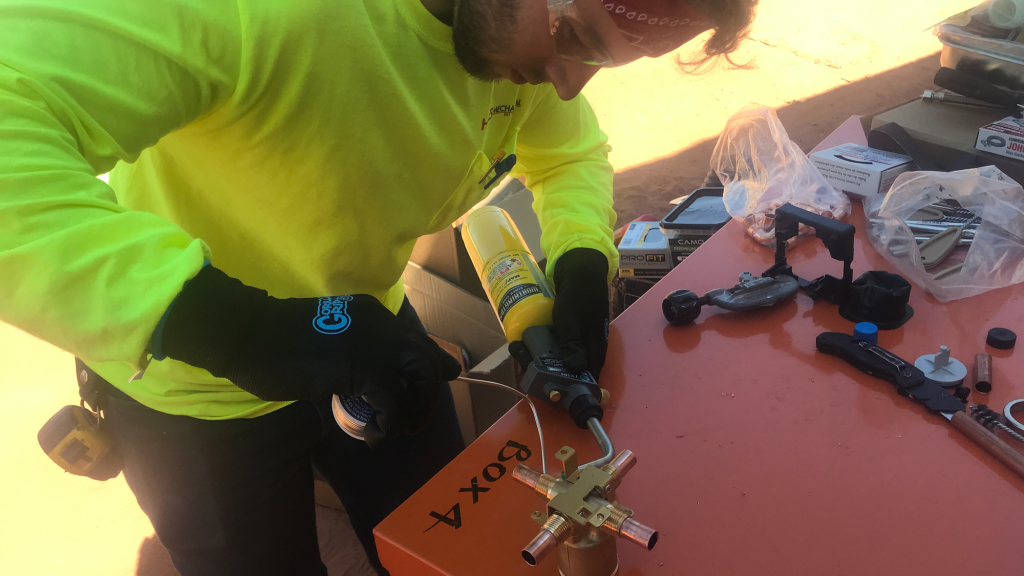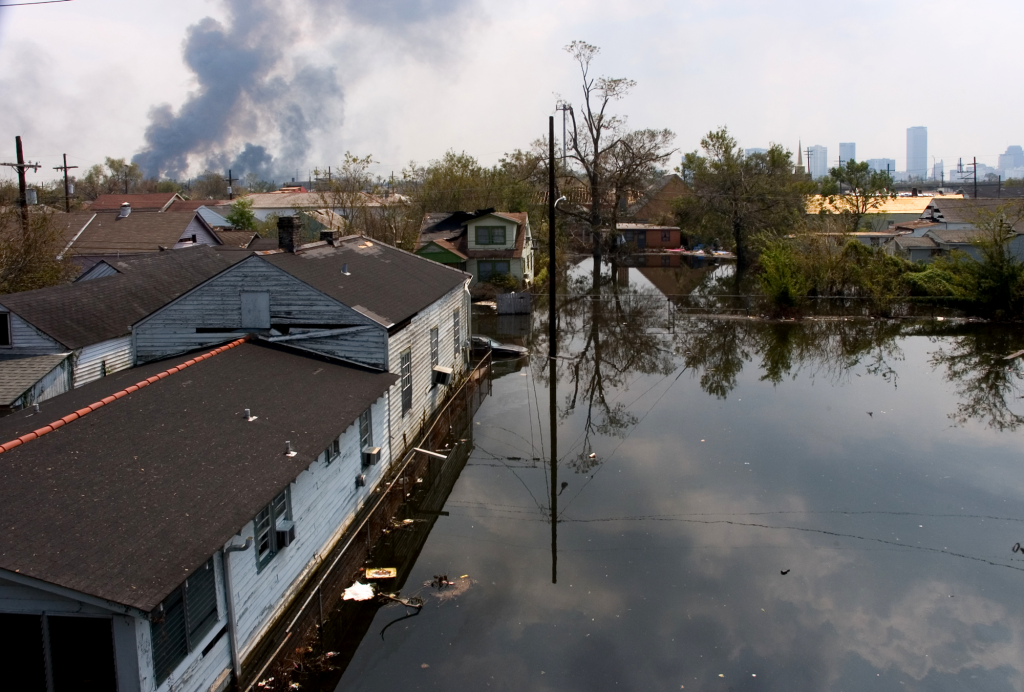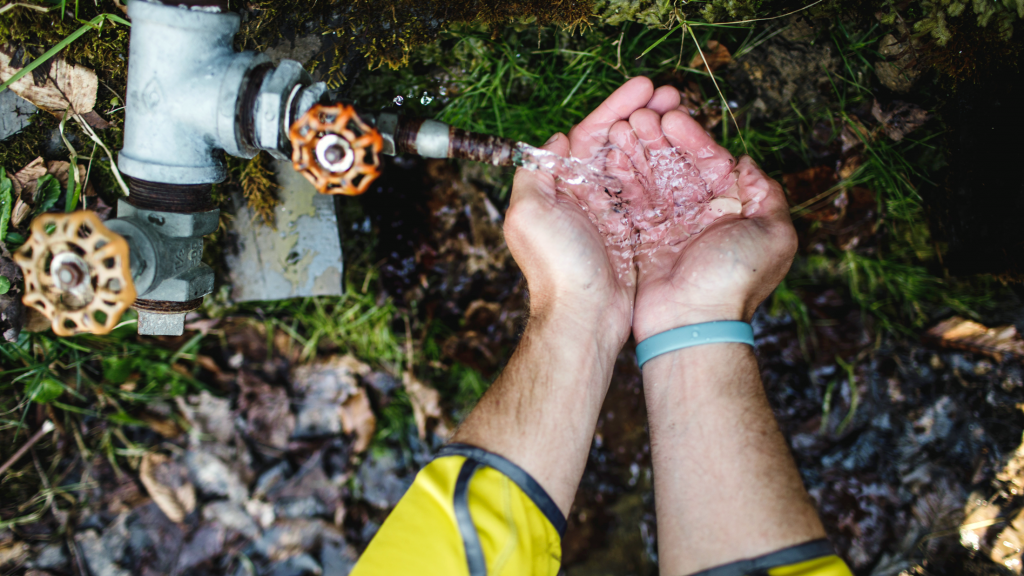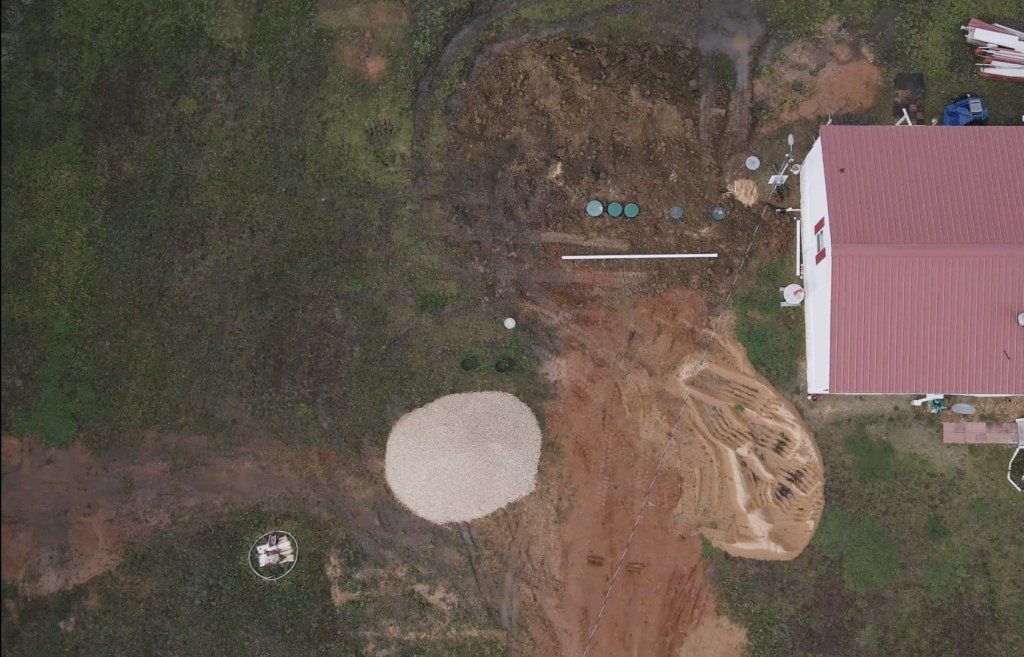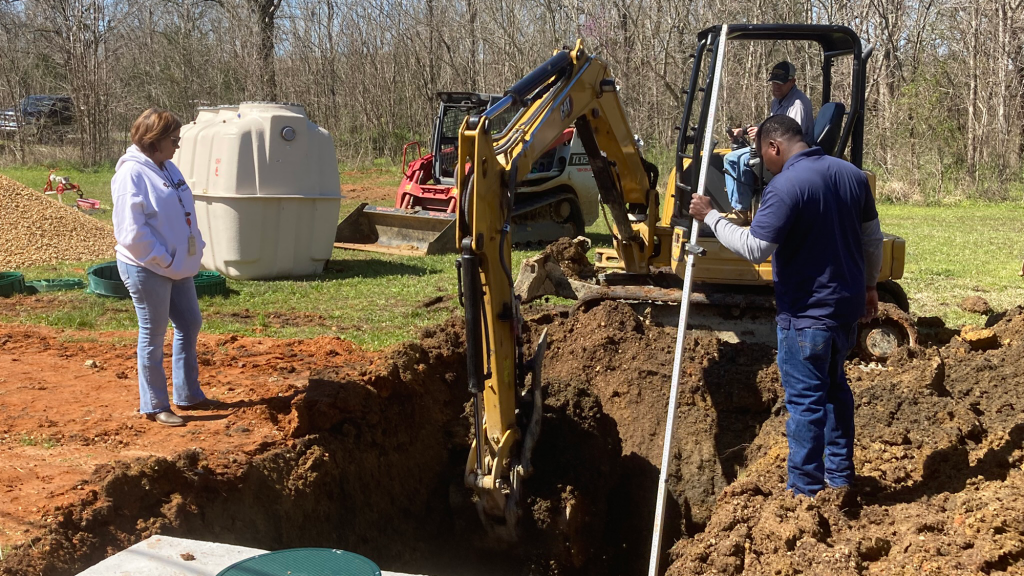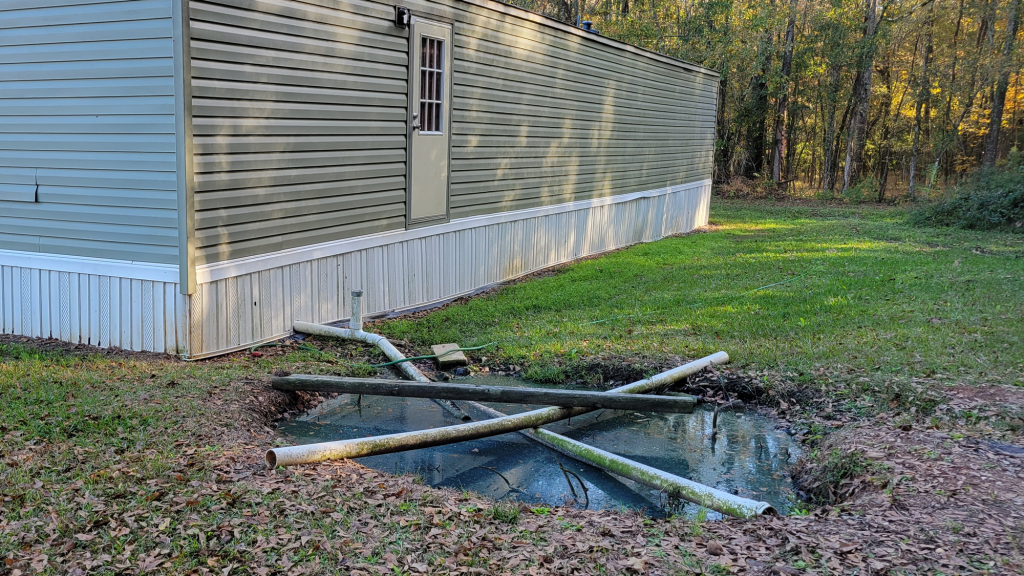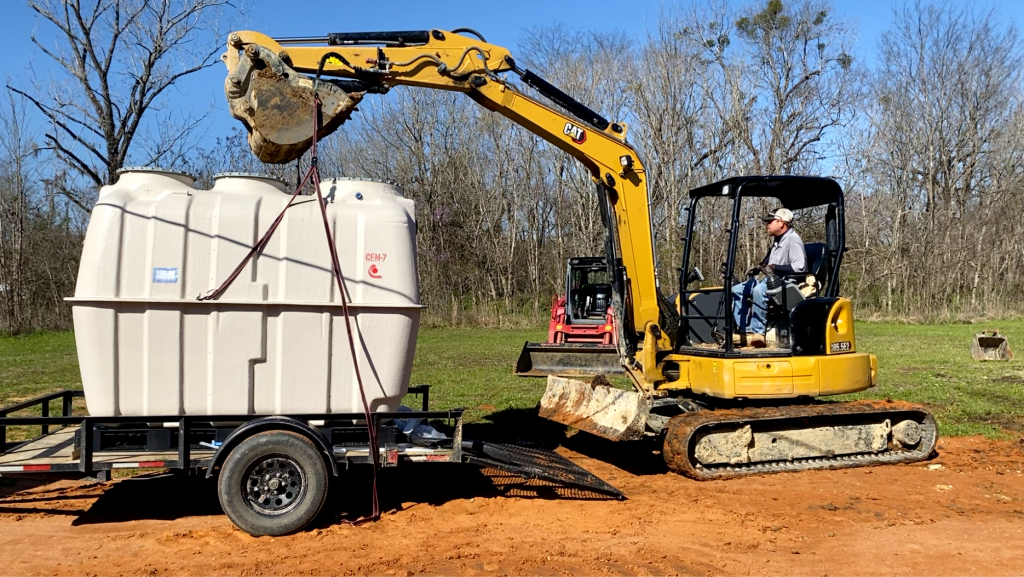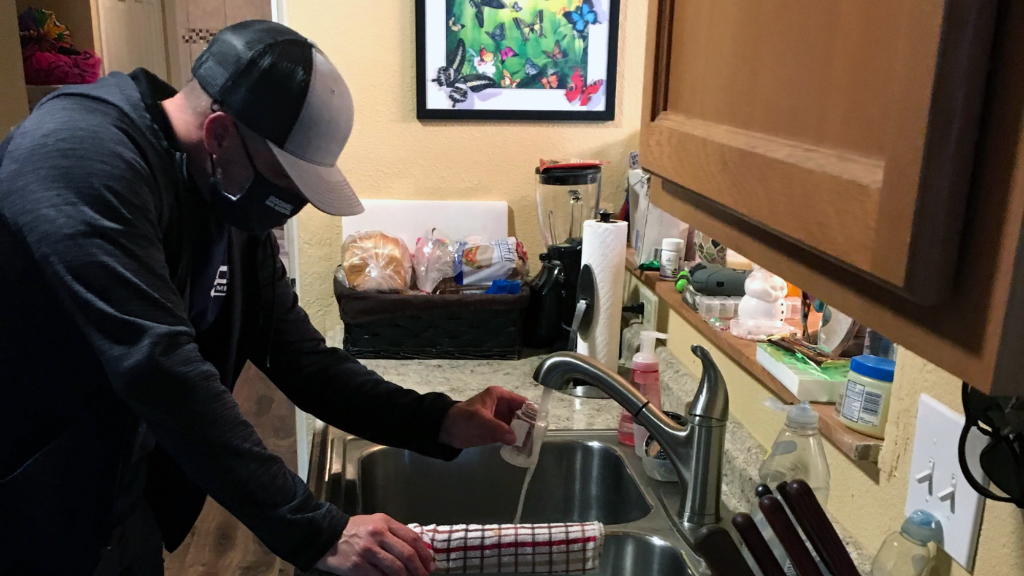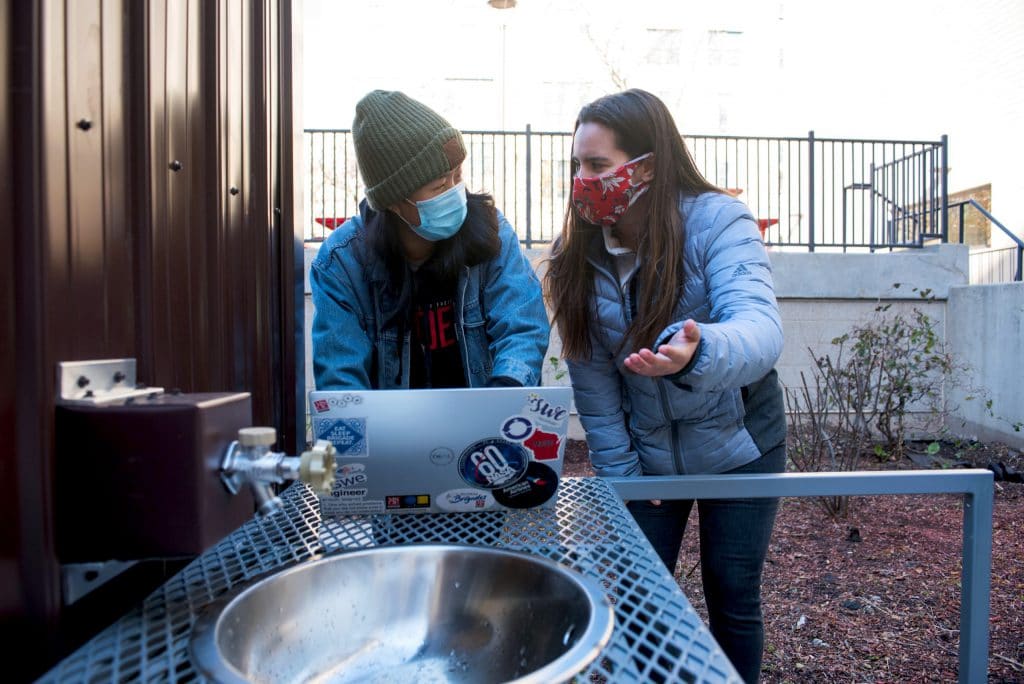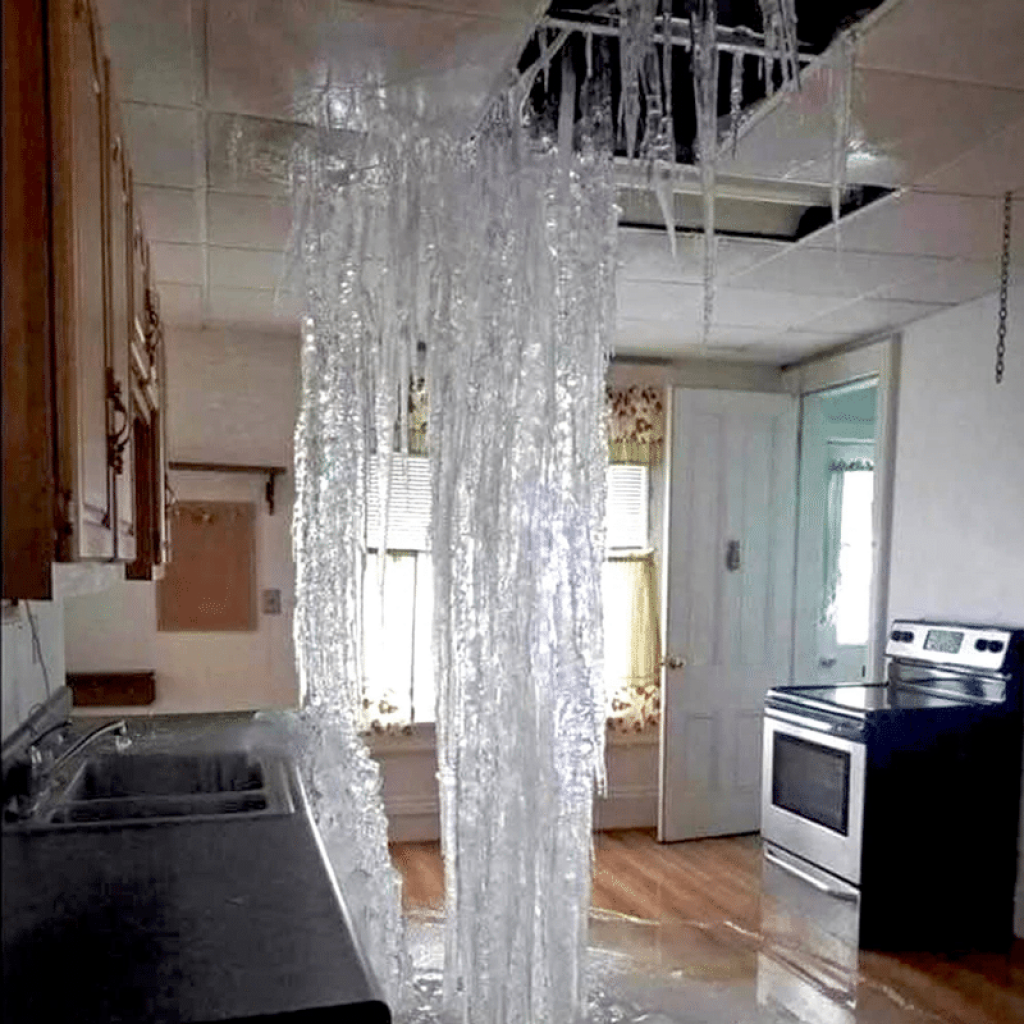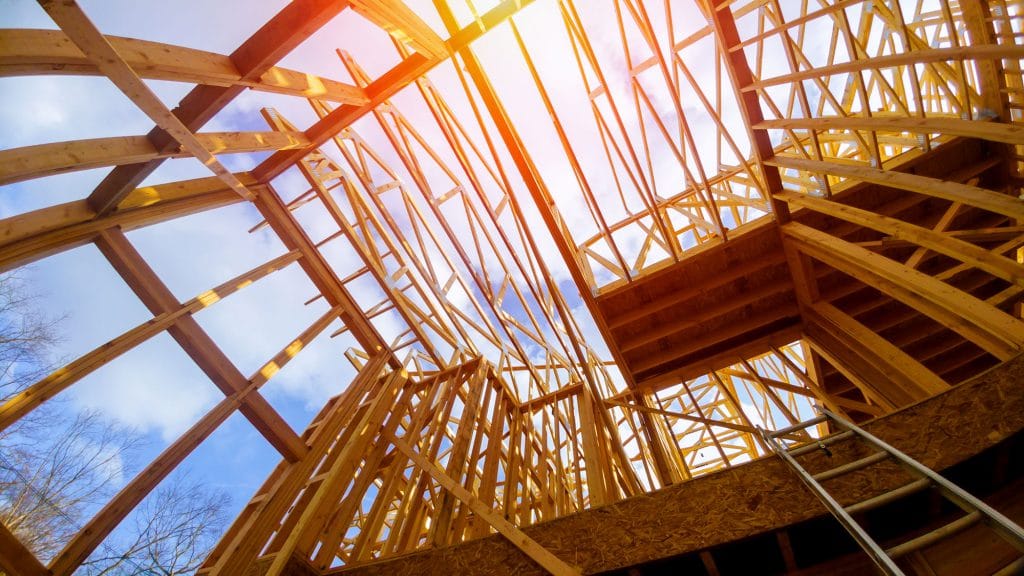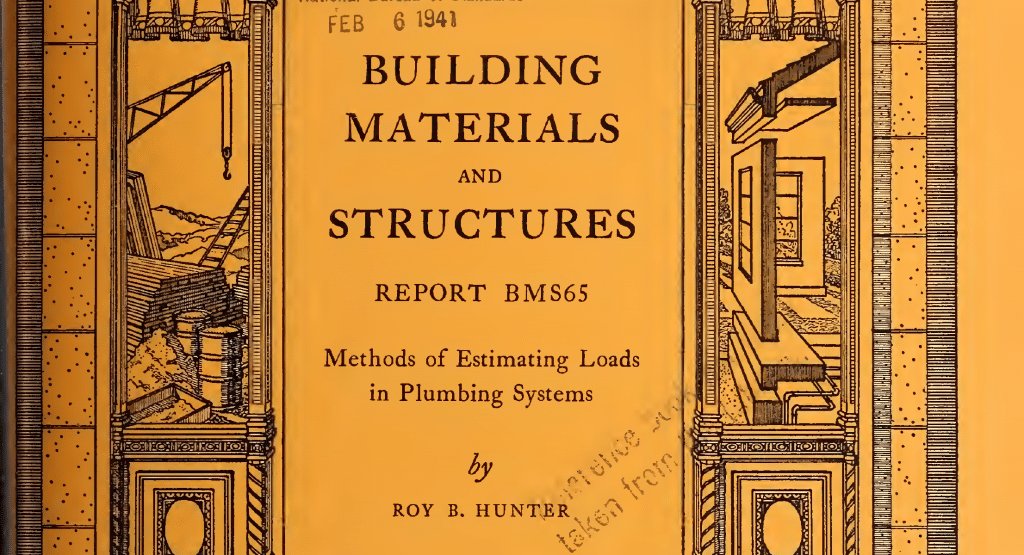ARTICLES
March4Water
March4Water is an observance month to raise awareness about how communities can build resilience to water stress. March4Water unites World Plumbing Day (March 11) and World Water Day (March 22) for a month-long campaign to raise awareness about solutions for policymakers facing the multiple water stressors of aging infrastructure, access to sufficient safe water, and community resilience in the face of fierce natural disasters.
The Best Policy Approach to Implementing Water Recycling – Lessons from Oregon
Unraveling the Impact of PFAS Contamination on Drinking Water: Perfluoroalkyl and polyfluoroalkyl substances, commonly known as PFAS, have emerged as a significant environmental concern in recent years.
Fast-Growing Vancouver Solves Insufficient Sewer Capacity Through Non-Potable Water Reuse
In consultation with plumbing industry experts, including IAPMO, fast-growing Vancouver developed new local policies for non-potable water reuse to solve insufficient sewer capacity.
PFAS in Drinking Water: Understanding the Risks and Solutions
Unraveling the Impact of PFAS Contamination on Drinking Water: Perfluoroalkyl and polyfluoroalkyl substances, commonly known as PFAS, have emerged as a significant environmental concern in recent years.
How to Have a Successful Career in Plumbing
Interested in a trade career, but wondering about the long-term career path? Here are one plumber’s thoughts on how to have a successful career in plumbing.
Three Ways the NAHB Residential Construction Performance Guidelines Could Be Better
From the plumbing sector, here are three suggested additions to the NAHB Residential Construction Performance Guidelines that will deliver greater value and better performance over the life of a home.
EPA-USDA Partnership Will Provide Wastewater Sanitation to Underserved Rural Communities
The EPA and USDA will jointly leverage technical assistance resources to help historically underserved communities identify and pursue federal funding opportunities – including from President Biden’s Bipartisan Infrastructure Law – to address their wastewater needs and eliminate harmful exposure to backyard sewage.
Who Publishes The Uniform Plumbing Code?
The International Association of Plumbing and Mechanical Officials (IAPMO) publishes the Uniform Plumbing Code (UPC) and Uniform Mechanical Code (UMC). The Uniform Plumbing Code is the only US plumbing code designated as an American National Standard by the American National Standards Institute (ANSI). The UPC and the UMC help protect public health and safety while advancing housing affordability and community resiliency.
The Truth About Plumbing Codes and Gender-Neutral Bathrooms
Following the typical three-year building code development cycle that all model code developers follow, the soon-to-be-published 2024 Uniform Plumbing Code (UPC) contains important all-gender bathroom provisions.
How the Wall Street Journal Might Want to Think About Plumbers
I was amazed recently when the Wall Street Journal, a periodical of American capitalism, ran the opinion piece “Finding a Good Plumber Is a Heavy Lift.”
Water Reuse: What Is It? How Does it Work?
Water reuse, recycled water, and reclaimed water are terms that basically mean the same thing. They all refer to the act of reclaiming water from various sources and then treating and reusing it for beneficial purposes.
FEMA and the Uniform Codes
Do your town’s building codes impact Federal Emergency Management Agency (FEMA) support after a disaster? The answer is no, but that didn’t stop at least one model code body from attempting to spread other disinformation about the Uniform Codes. Here is the real story about FEMA and the Uniform Codes.
New Water Management Standard for Healthcare Facilities Seeks to Mitigate Healthcare Acquired Infections
With new and emerging water management standards, critical environments such as healthcare facilities must retool their systems and retrain their workers to provide better care quality and protect patients from healthcare-acquired infections (HAIs).
New Report Reveals Lack of Basic Water and Sanitation Services is Costing the US Economy Over $8.5 Billion per Year
In the United States, more than 1.57 million people live in homes without running water, indoor plumbing, or safe ways to eliminate wastewater. Another half-million or more are homeless and suffer similar water access issues. While costly to fix, this issue is far more costly to ignore.
Finally, a Fix for the Wastewater Crisis in the Alabama Black Belt
For decades, many residents of rural Alabama have grown accustomed to a problem no one should have to face: Unsafe sanitation systems that don’t properly dispose of wastewater and sewage. The hard, clay-like Black Prairie soil – which gives this 17-county region its nickname as the “black belt” of Alabama – does not allow for the permeability of water from traditional septic tanks.
How to Leverage Public-Private Partnerships to Bring Clean Water and Safe Sanitation to Underserved Communities
What is the best way for a town to maximize the historic 2021 Infrastructure Investment and Jobs Act to secure safe drinking water and sanitation for all Americans? The numbers are breathtaking. More than 2.2 million people in the US lack this basic human right. The infrastructure investment is our chance to right those wrongs, […]
Now’s the Time to Solve the Water Problems for Millions of Underserved Americans
Most Americans don’t give clean water a second thought. Turn on the tap, and it’s there. It’s the same with sanitation. Flush the toilet, and we’re finished. Away goes our wastewater, to someplace where it’s efficiently and effectively processed. No problem. But for the more than 2.2 million Americans with no or limited access to […]
How Americans Benefit from the Water Provisions in the Infrastructure Bill
What will your town do to maximize resiliency and equity from the 2021 Infrastructure Investment and Jobs Act? It’s a big investment. The US Environmental Protection Agency (EPA) notes that the $50 billion included in the bill is “the single largest investment in water that the federal government has ever made.” The bipartisan bill is […]
Water in Healthcare Facilities: The Public Health and Economic Nexus
You would expect water in a hospital to be safe. But, far too often, water in hospitals and other healthcare facilities can put patients at risk of severe illness or death. Since 2000, the United States has seen a 450% increase in cases of Legionella, the water-borne bacteria that causes Legionnaire’s disease, a serious form […]
What to Know About Local Plumbing Codes for Building and Remodeling
Building or remodeling a house is no easy task. It’s not even one task. Homes are complex structures with systems impacting everything from the aesthetics to safety considerations — an often not-well-understood process. There are multiple construction codes to follow when building your house, and it’s important to know all of them so you can […]
Safer Water for Nome, Texas
Reprinted from United States Conference of Mayors Business Council 2021 Best Practices Report: Mayors and Businesses Driving Economic Growth Project Description: This drinking water project brought together partners from a variety of plumbing groups as well as local city officials, each bringing their perspectives and expertise making for cohesive, well-planned, and intentional outcomes for the […]
The ANSI Process vs. Governmental Process: A Plumbing Professional Engineers’ View
“Definition: 2.1.1 Governmental Member — A Governmental Member shall be a governmental unit, department or agency engaged in the administration, formulation, implementation or enforcement of laws, ordinances, rules or regulations relating to the public health, safety and welfare. Each Governmental Member shall designate its Primary Representative who will receive benefits of membership in the Council […]
Safe Drinking Water and Sanitation Beyond the Infrastructure Plan: The Plumbing Industry Steps Up
A sad and startling truth is that even if the Biden Administration succeeds in funding and completing more than $100 billion in plumbing and drinking water infrastructure improvements, there will still be more than two million Americans lacking access to clean running water and flush toilets. Even worse, this number is increasing. That is because […]
Keep Buildings Safe From Legionella – What You Need To Know
Legionella, the bacterium that causes Legionnaires’ disease, grows quickly and multiplies in warm water, especially water that has been stagnant. This is why Legionella is a serious concern with COVID-19 pandemic-related building shutdowns. Schools in Ohio and Pennsylvania found the legionella bacteria in their plumbing systems following the Spring 2020 lockdown, and even some of the Centers for Disease Control (CDC) buildings were impacted during that period.
How to Build Plumbing Resiliency Into Your Community
It doesn’t take much for a natural disaster to turn into a water crisis. Weeks after power was restored to Texans impacted by the 2021 Winter Storm Uri, hundreds of thousands of Texans still didn’t have running water. Extreme weather and disasters like the western wildfires can impact a community’s water access for months and […]
What I Learned About Disinformation and the International Code Council
Let me start by saying right up front: this is a story about a competitor. My organization, the International Association of Plumbing and Mechanical Officials (IAPMO) competes with the International Code Council (ICC) for code adoption throughout the U.S. This means I’m not a disinterested party to their actions. But it also means I have […]
New Method Modernizes Hunter’s Curve Demand Estimates
Hunter’s Curve, an 80-year-old chart used to predict peak water demand in plumbing systems, has been applied as the foundation for many of today’s plumbing codes. While it has been a dependable tool, Hunter’s Curve was recently modernized – with a new methodology and new features added to IAPMO’s Water Demand Calculator – to consider […]
